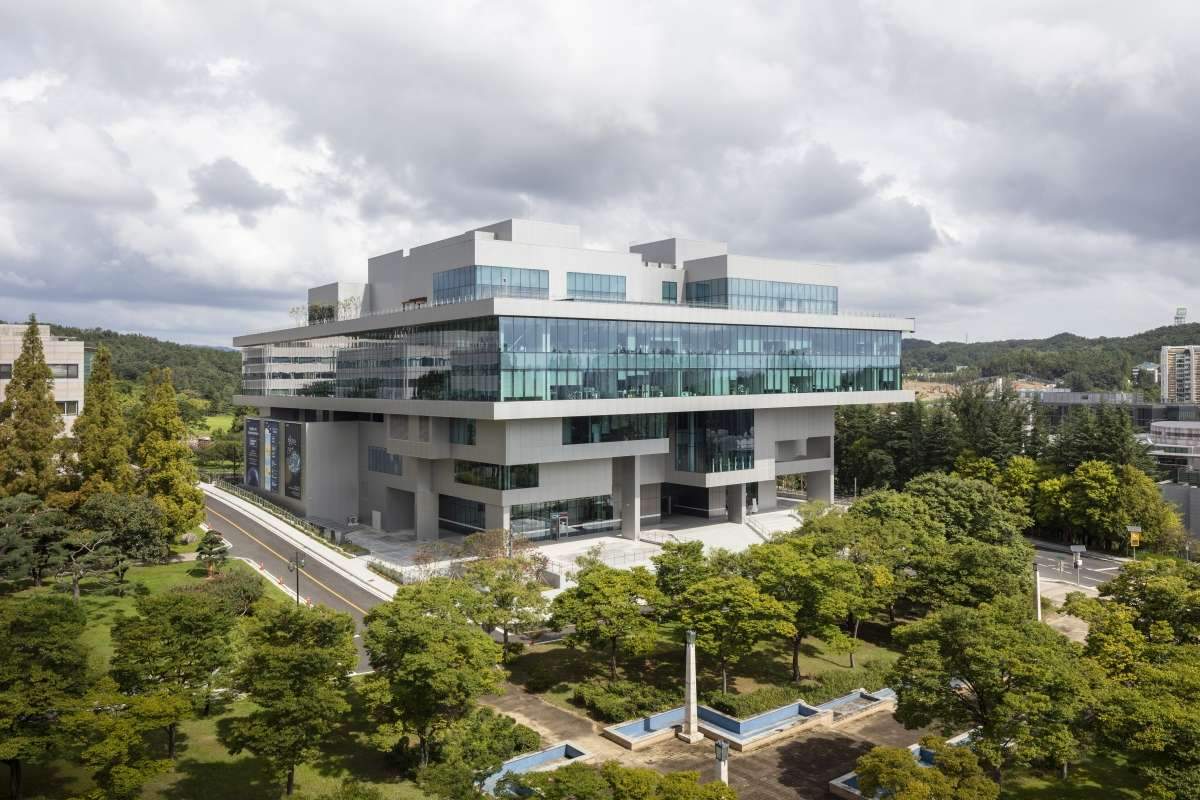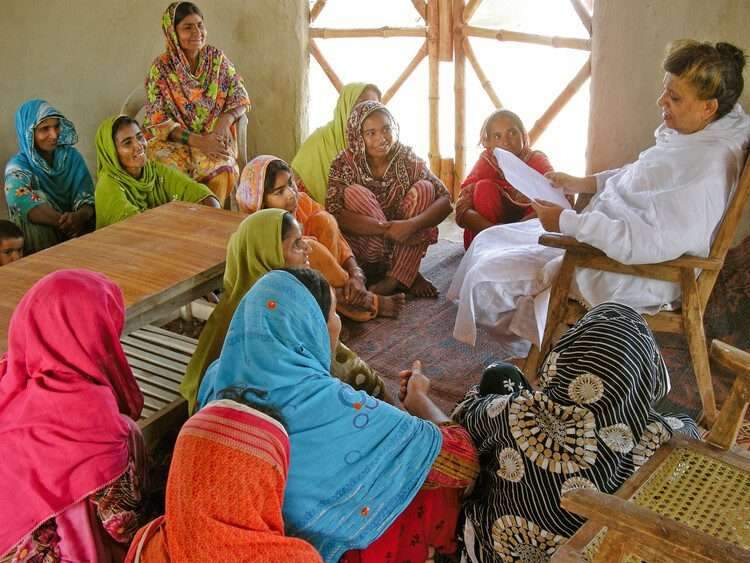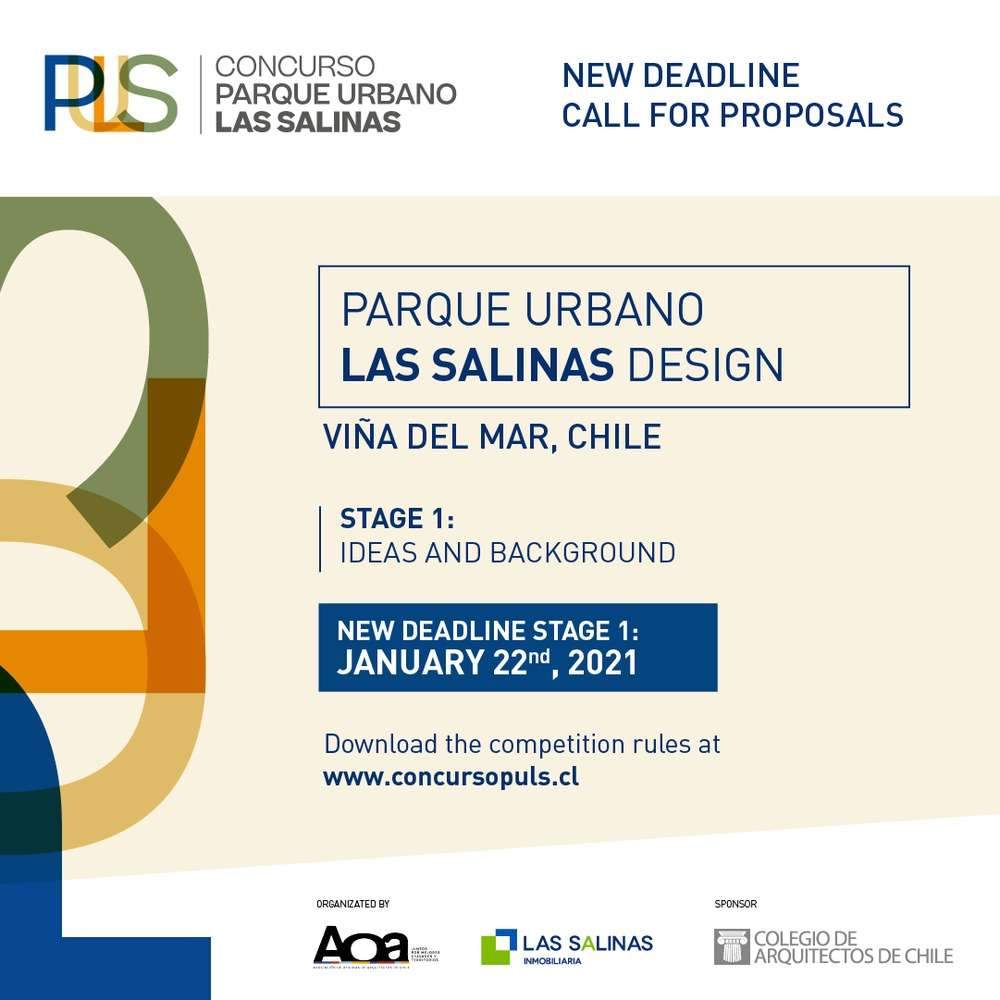Rethinking Educational and Artistic Spaces: Museums as New Models for Learning and Interaction
Educational and artistic spaces have transformed significantly in the modern era, with museums increasingly seen not only as cultural hubs but also as flexible learning environments. The Princeton University Art Museum, designed by David Adjaye, stands as an example of how architectural spaces can be reimagined to promote interaction and learning. This article explores how museums have evolved into dynamic educational and artistic spaces, providing visitors with more immersive and interactive experiences.
Designing Flexible Educational Spaces
The concept of flexibility in the design of educational and artistic spaces has become a central focus. The Princeton University Art Museum is designed to support diverse forms of learning, with open, adaptable spaces that can accommodate exhibitions, workshops, and interactive events. This allows the museum to shift from being a static environment into a place where art and education intersect seamlessly.
Encouraging Visitor Interaction with Art
Modern museums are no longer places of passive observation. Instead, they encourage visitor engagement with art through interactive designs. At the Princeton University Art Museum, the architectural layout promotes direct interaction with exhibits, fostering a deeper connection between visitors and the artworks on display. This shift towards interaction enhances the educational value of the museum.
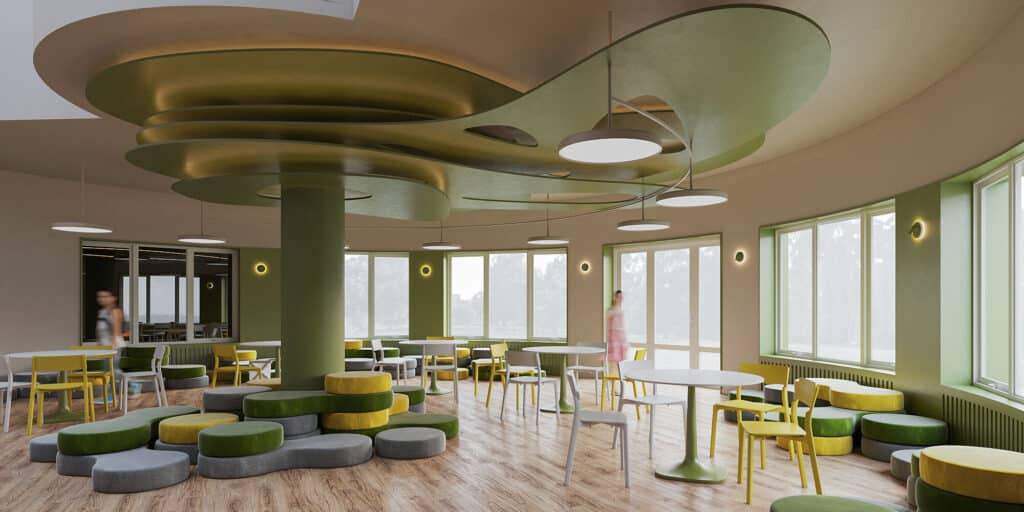
Blending Education with Art and Culture
The blending of education with cultural and artistic experiences is a hallmark of modern museum design. By integrating learning into the very fabric of the museum’s design, the Princeton University Art Museum serves as a leading example of how architecture can support both educational and artistic goals. Visitors are not only exposed to art but are also encouraged to learn and engage with cultural narratives.
Museums as New Learning Models
By rethinking the design of museums, architects like David Adjaye are shaping new learning models that transcend traditional classroom boundaries. Museums such as the Princeton University Art Museum offer a participatory experience, setting a new standard for educational and artistic spaces. This transformation highlights the museum’s role in promoting both education and art through interactive, flexible design.
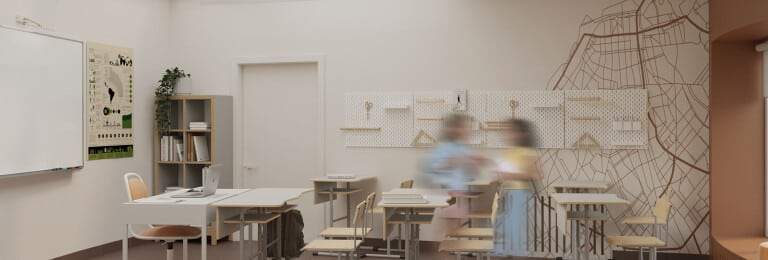
Photos: Archello
Finally, find out more on ArchUp:



